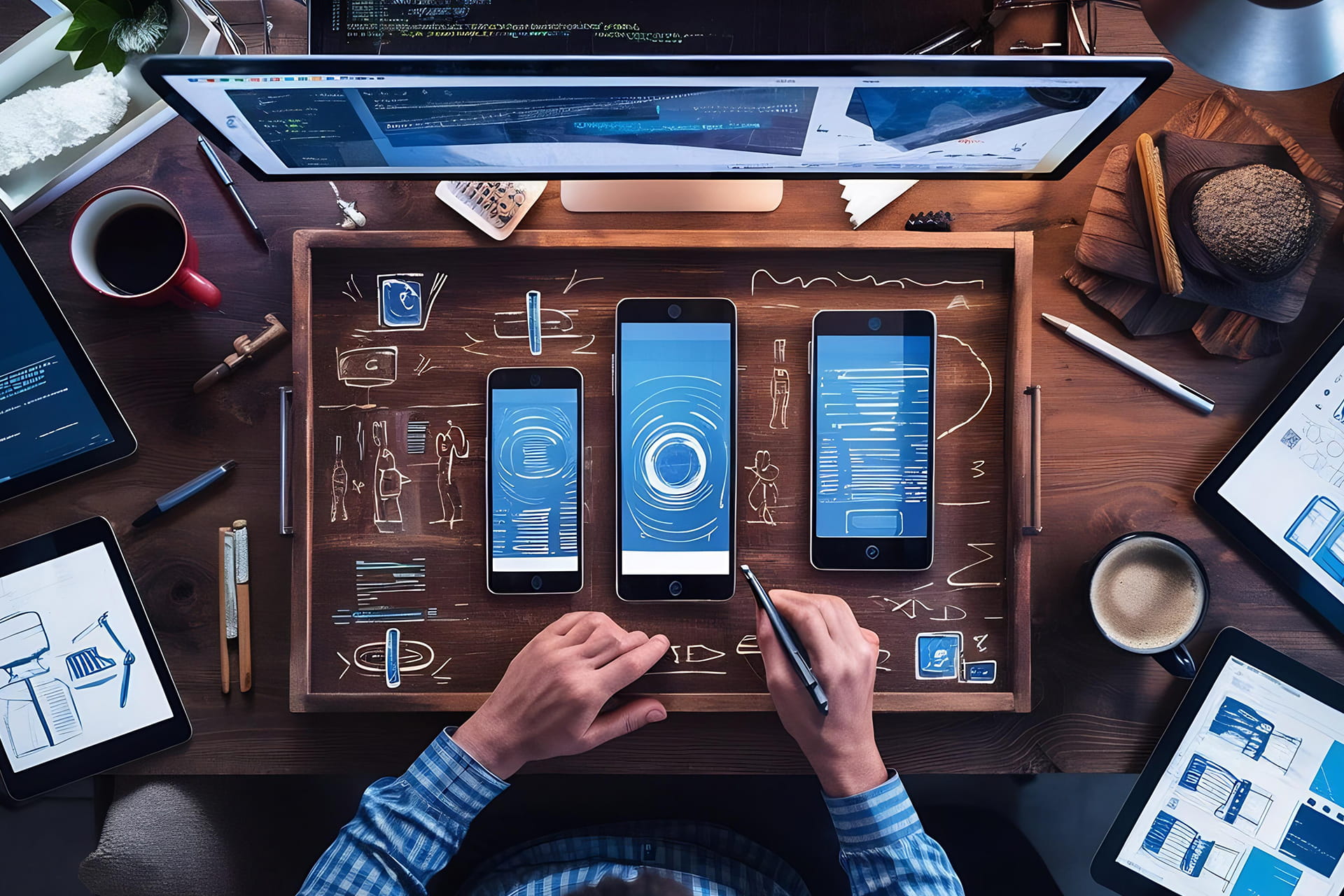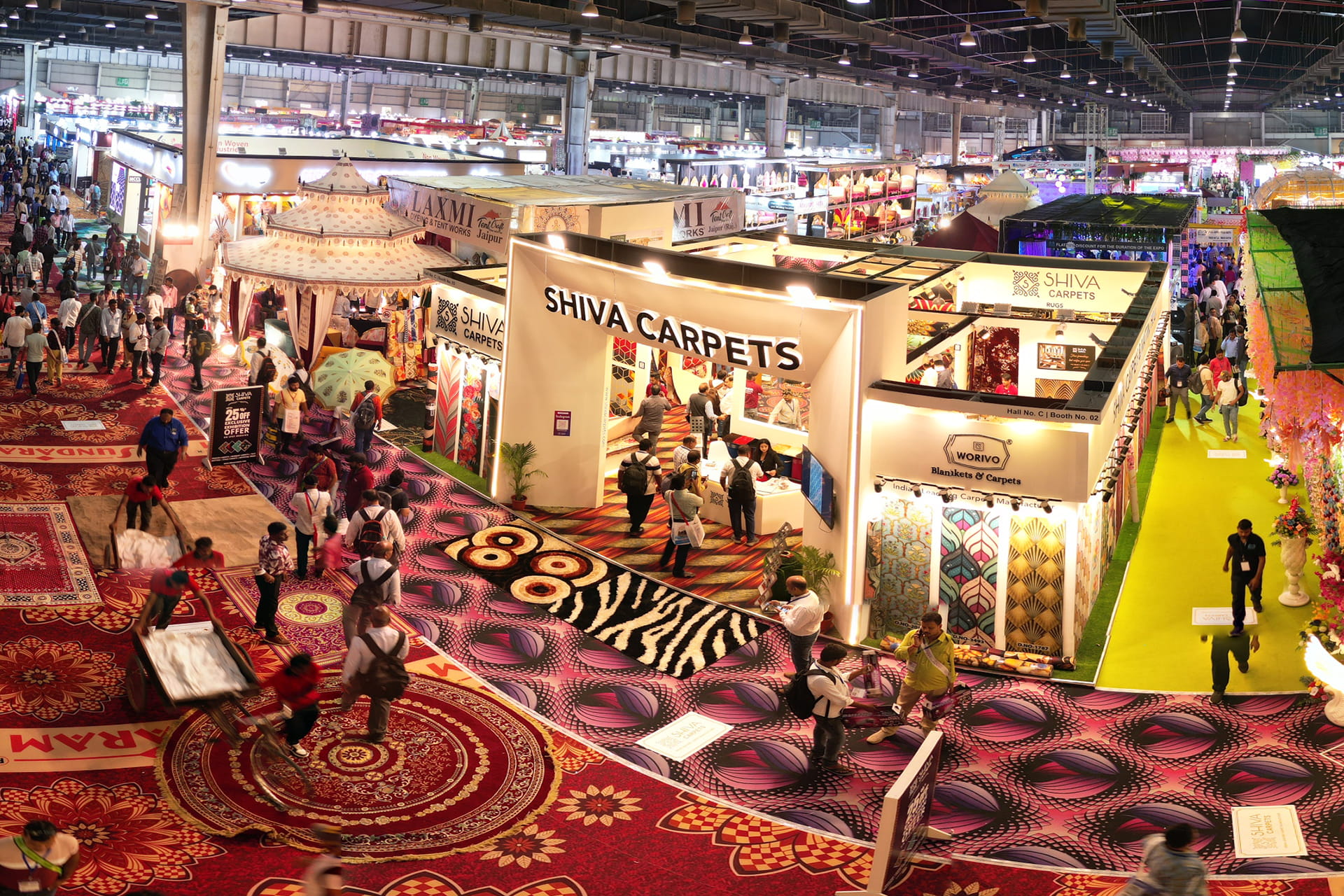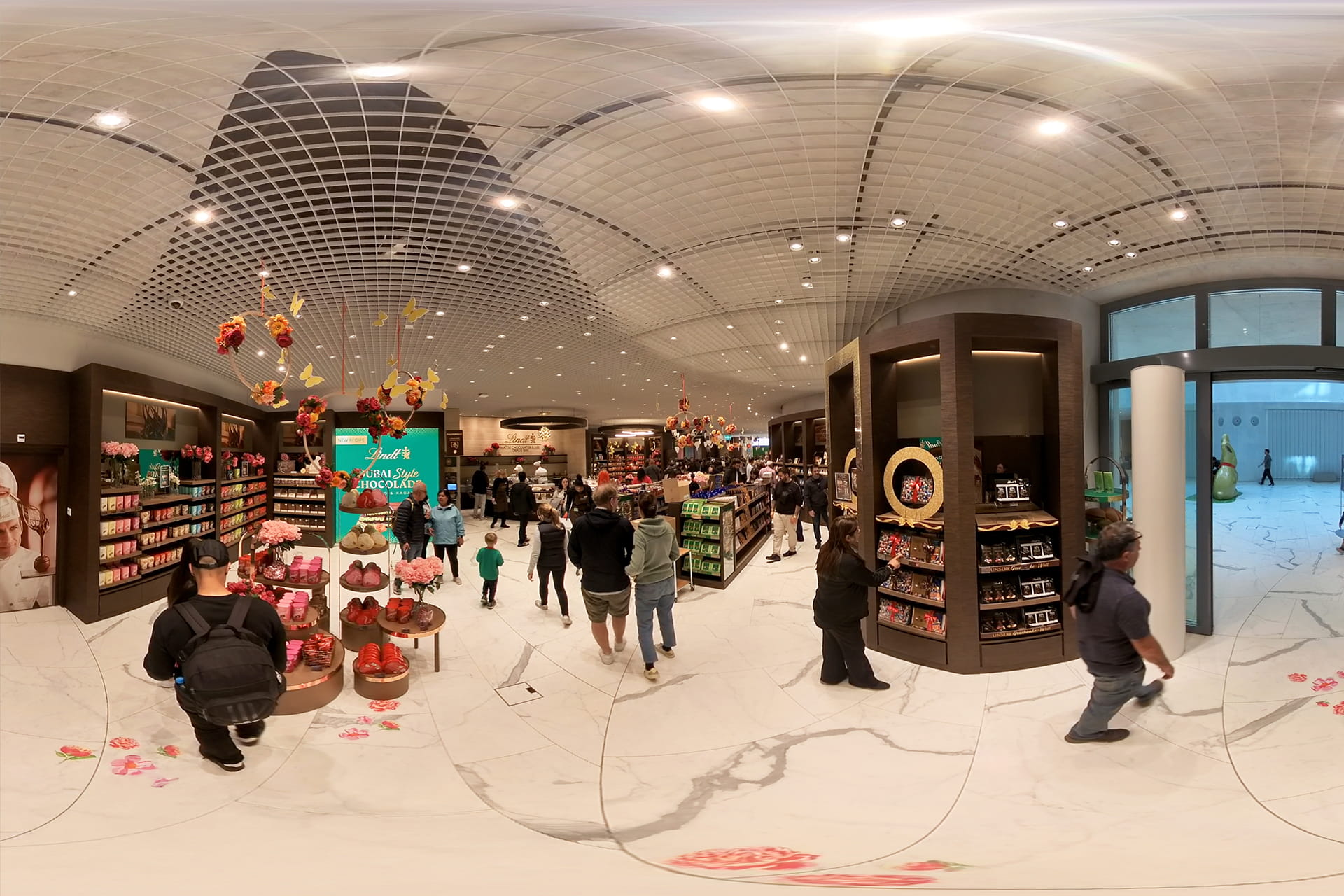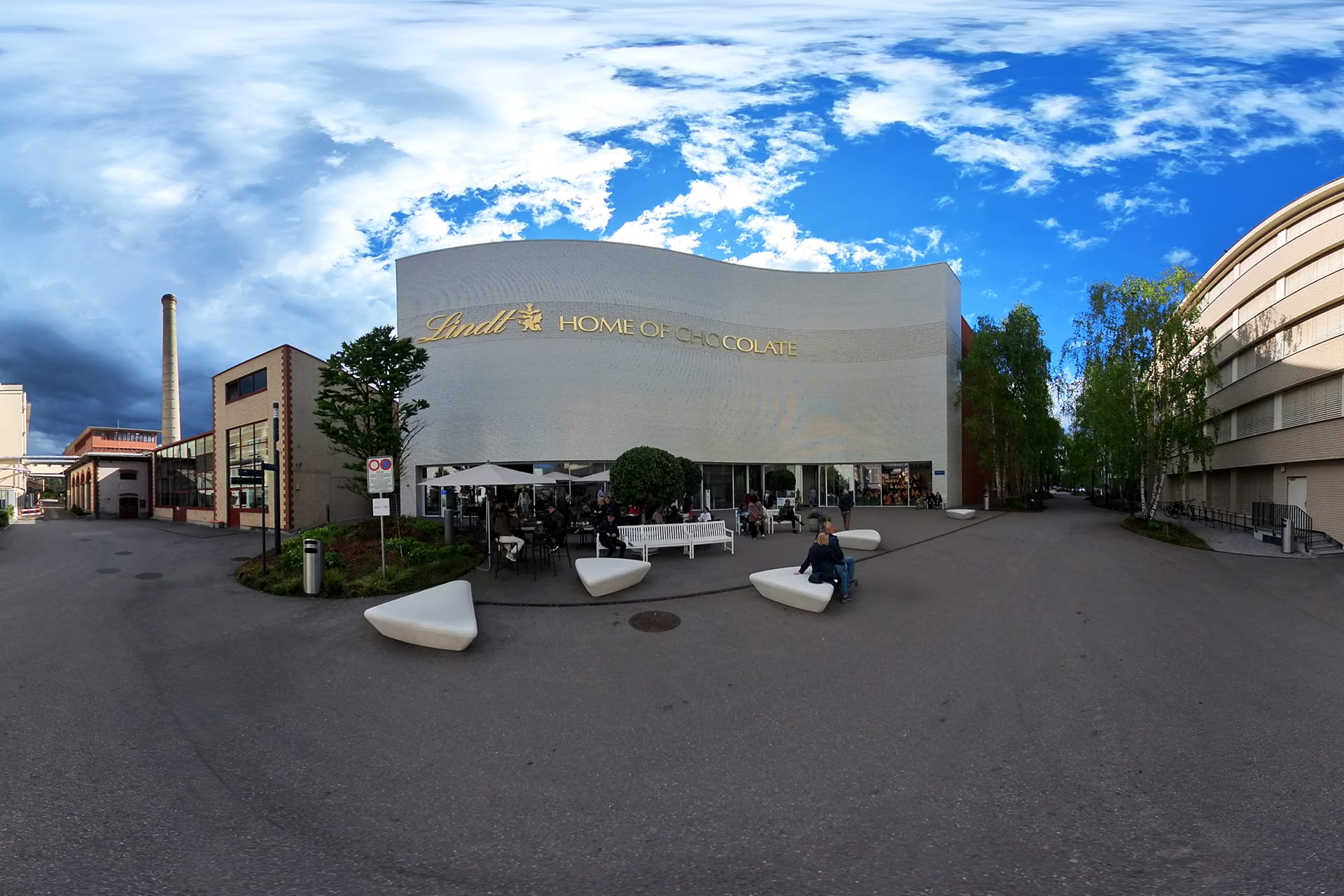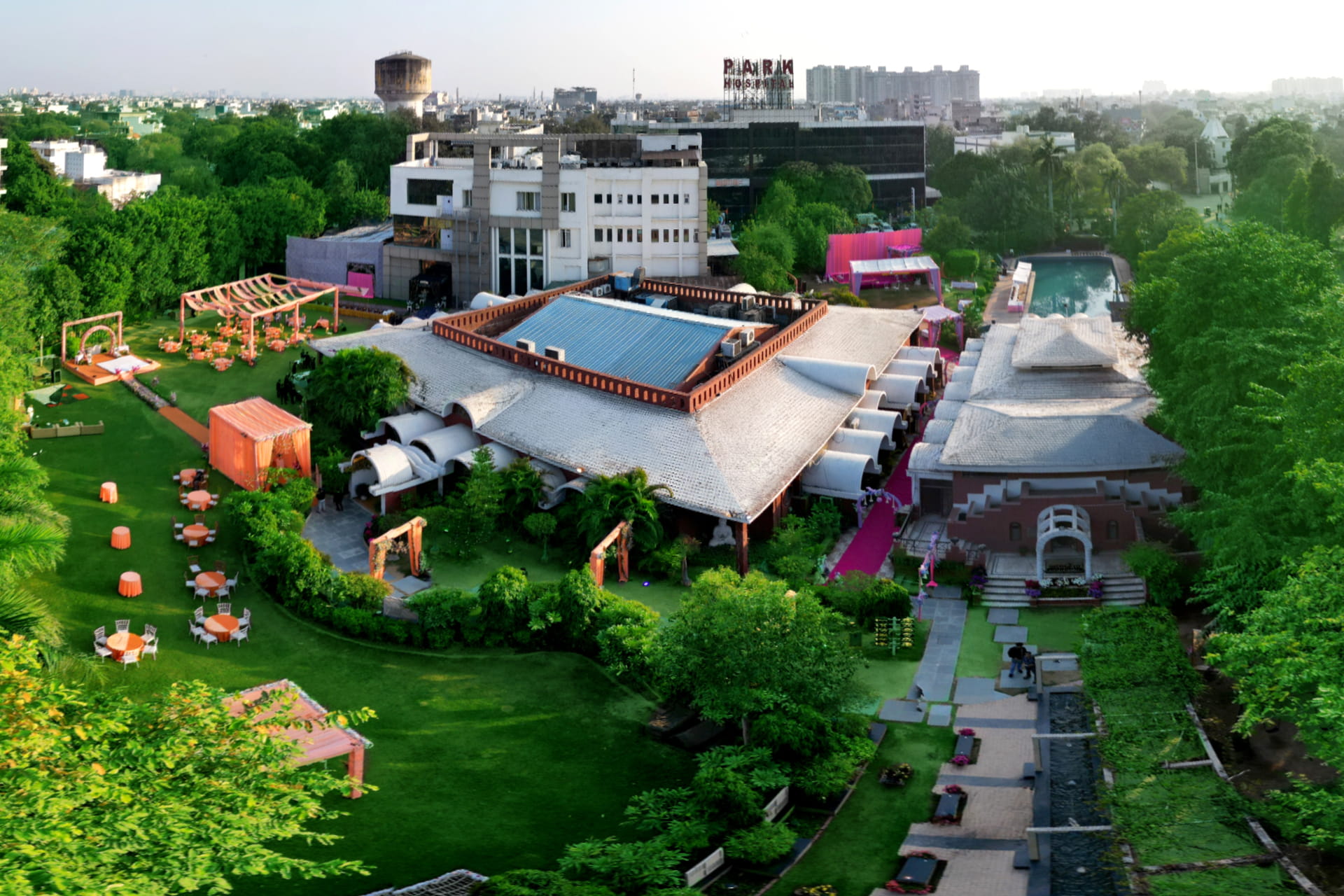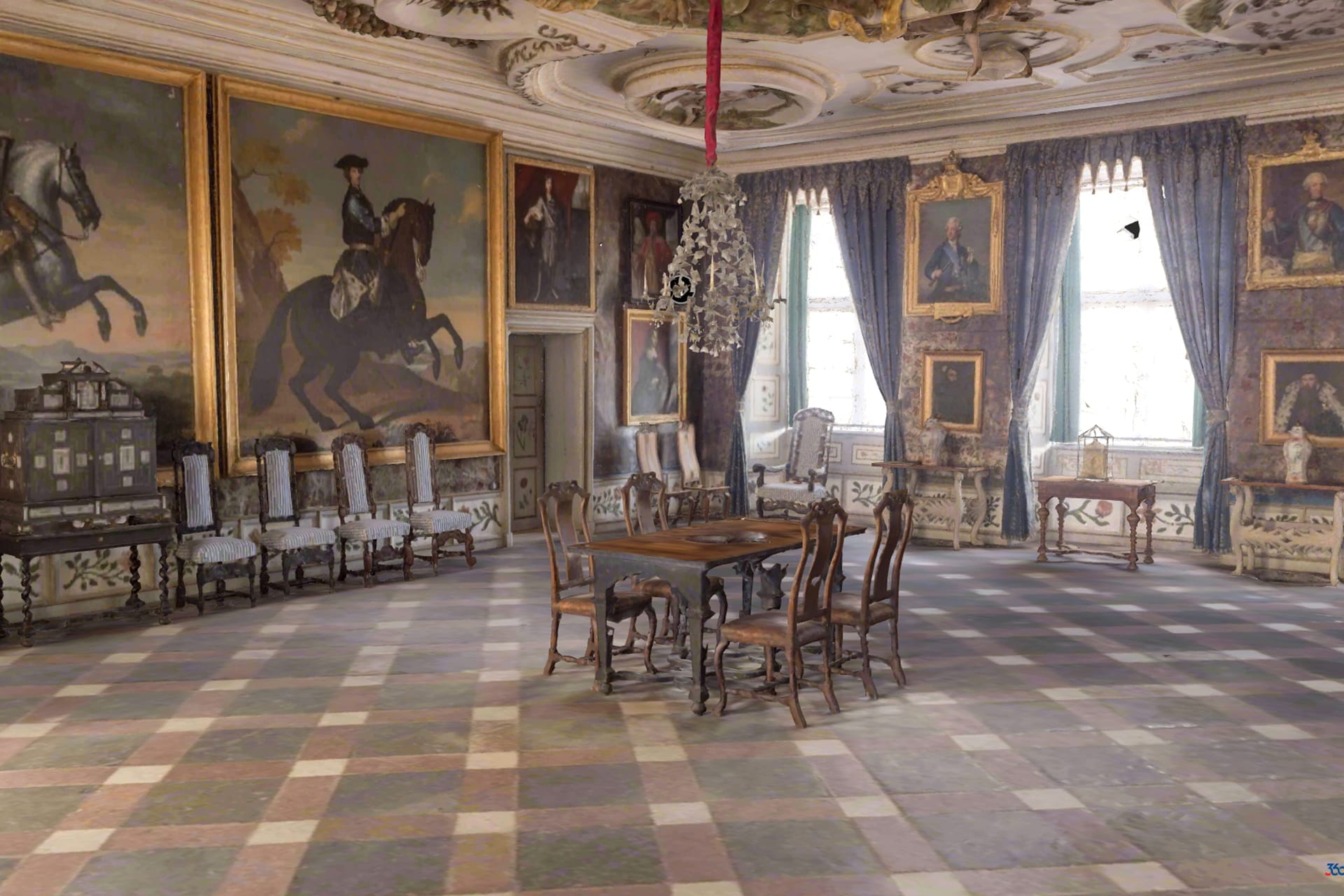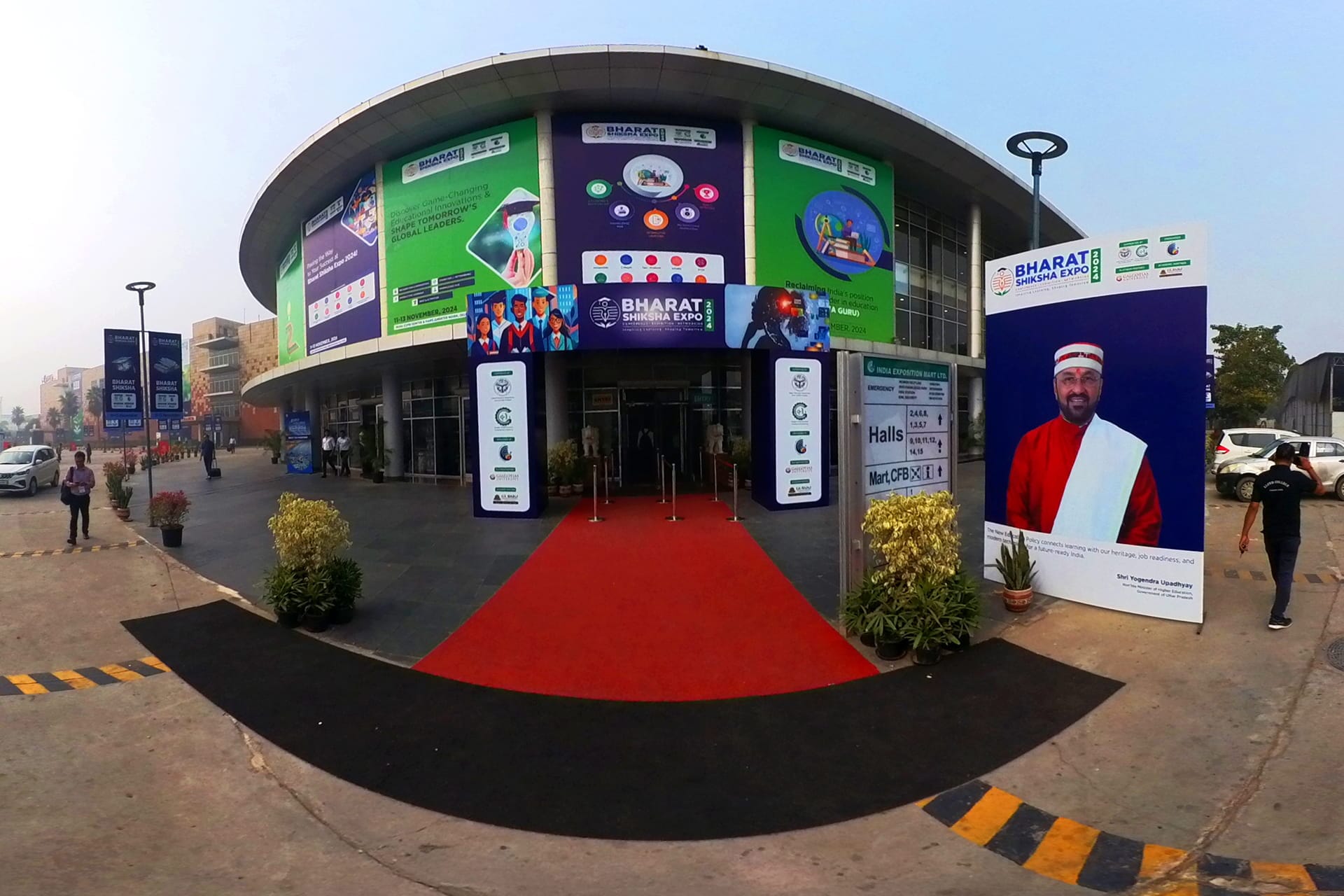Developing an AR (Augmented Reality) or MR (Mixed Reality) app requires the right combination of tools, platforms, and frameworks to deliver immersive, interactive, and high-performing experiences. Choosing the correct technology stack ensures smooth development, cross-platform compatibility, and long-term scalability.
This blog explores the best tools and platforms for AR/MR app development, helping businesses make informed decisions.
1. AR and MR Development Platforms
- Unity: Popular for creating cross-platform AR/MR applications with a vast library of assets.
- Unreal Engine: Known for high-quality graphics and immersive experiences, ideal for MR.
- Vuforia: Widely used AR SDK for object recognition, tracking, and interactive AR features.
- ARKit & ARCore: Native development platforms for iOS (ARKit) and Android (ARCore) devices.
2. Mixed Reality Toolkits
- Microsoft Mixed Reality Toolkit (MRTK): Facilitates HoloLens and MR headset app development, providing prebuilt components and scripts.
- OpenXR: A cross-platform API standard for developing MR and VR applications.
- Blender & 3ds Max: For creating high-quality 3D assets compatible with MR environments.
3. Cross-Platform and WebAR Solutions
- Cross-Platform Development: Unity and Unreal allow apps to run on multiple devices, including mobile, tablet, and MR headsets.
- WebAR Platforms: Web-based AR apps require no installation, accessible via browsers, making adoption easy for users.
- Cloud Integration: Enables data synchronization, analytics, and asset management across platforms.
4. Essential Features and Considerations
- Tracking & Recognition: Choose platforms with accurate markerless, marker-based, and spatial tracking.
- Interactivity: Support for gestures, voice commands, and touch interaction enhances user engagement.
- Performance Optimization: Ensure smooth rendering, low latency, and efficient battery usage.
- Scalability: Future-proof your app with modular architecture and easy updates.
5. Collaboration and Analytics Tools
- Collaboration SDKs: Facilitate remote teamwork and shared MR experiences.
- Analytics Tools: Track user behavior, engagement, and interaction patterns for app improvement.
- Version Control Systems: Use Git, Perforce, or Unity Collaborate to manage code and assets efficiently.
Conclusion
Choosing the right tools and platforms is critical for successful AR/MR app development. With the proper SDKs, engines, and design tools, businesses can deliver interactive, scalable, and immersive experiences that meet user expectations and drive engagement.
At 360Biznus, we specialize in AR and MR app development using the latest tools and platforms, ensuring businesses receive high-quality, future-ready solutions tailored to their needs.
Get in Touch
Whether you want to develop a new 360 Virtual Tour, 3D Product Display, 360 Product Spin Photography, Google 360 Street View or update an existing 360 Virtual Tour, we're eager to assist.
Call / Email Us / fill in the form below.


